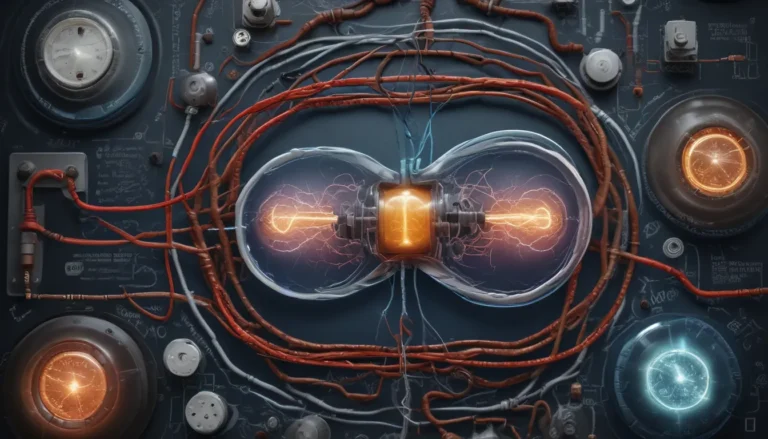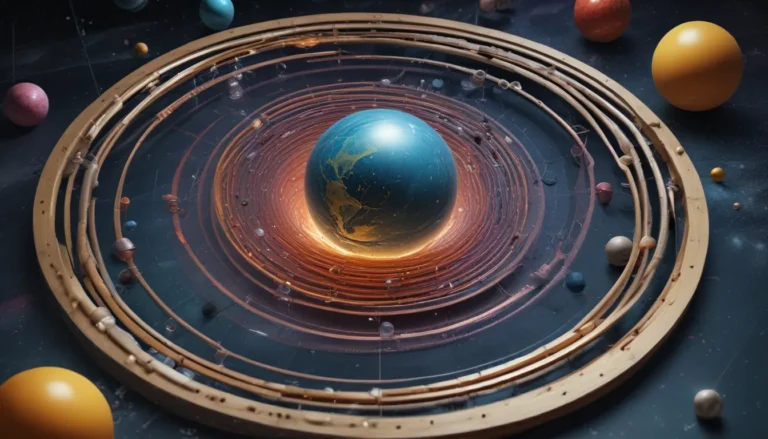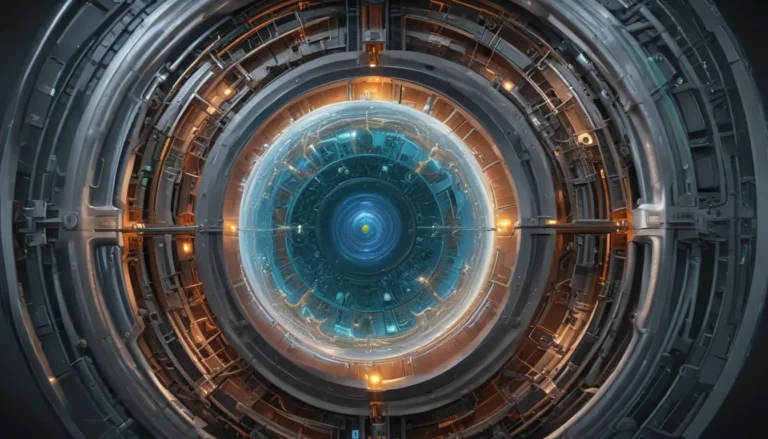A Note About Images: The images used in our articles are for illustration purposes only and may not exactly match the content. They are meant to engage readers, but the text should be relied upon for accurate information.
The Compton Effect, a captivating phenomenon in the realm of physics, has left a lasting impact on our understanding of the nature of light and matter. Discovered by Arthur H. Compton in 1923, this effect occurs when photons, the particles of light, collide with electrons, leading to a change in the wavelength of the scattered photons. Let’s delve deeper into this extraordinary discovery with nine fascinating facts that shed light on the significance of the Compton Effect in the world of physics.
Unveiling the Discovery of Compton Effect
Arthur H. Compton’s groundbreaking experiments involving the scattering of X-rays unveiled the Compton Effect, also known as Compton scattering. Through his meticulous research, Compton laid the foundation for understanding the particle-wave duality of light and provided concrete evidence for the existence of photons.
Recognizing Excellence: Nobel Prize in Physics
In recognition of his groundbreaking work, Arthur H. Compton was awarded the Nobel Prize in Physics in 1927. This prestigious accolade underscored the significance of Compton’s discovery in advancing the field of quantum physics and further solidifying our understanding of the particle nature of light.
Validating the Particle Nature of Light
The Compton Effect stands as a testament to the particle nature of light, offering experimental evidence that supports the quantum theory of light. By observing the change in wavelength and scattering angle of X-rays when interacting with free electrons, Compton demonstrated that photons possess dual properties of both waves and particles.
Implications in Quantum Theory
The Compton Effect played a pivotal role in validating the predictions of quantum theory, offering experimental data that supported key principles such as the quantization of energy and the dual nature of particles. This groundbreaking discovery ushered in a new era of understanding the microscopic world of photons and electrons.
Applications in Medical Imaging
One of the most significant applications of the Compton Effect lies in the field of medical imaging. Techniques such as Computed Tomography (CT) scans and X-ray imaging rely on the principles of the Compton Effect to visualize internal structures within the human body, enabling healthcare professionals to diagnose and treat a myriad of conditions.
Unveiling X-ray Diffraction
The Compton Effect has contributed extensively to our understanding of X-ray diffraction, a crucial tool in determining the atomic and molecular structures of materials. This knowledge has been instrumental in advancing scientific fields such as chemistry and material science, unlocking new realms of exploration and innovation.
Confirming Conservation Laws
Through the Compton Effect, scientists were able to verify the conservation of energy and momentum in particle interactions. By studying the scattered X-rays, researchers reinforced the fundamental laws of physics, highlighting the importance of energy and momentum conservation in the behavior of particles.
Journey into High-Energy Physics
The Compton Effect paved the way for further exploration in high-energy physics, laying the groundwork for experiments involving particle accelerators and the study of subatomic particles. This groundbreaking discovery has led to significant advancements in the field of particle physics, unraveling mysteries of the universe on a microscopic scale.
Harmonizing Quantum Mechanics and Relativity
One of the most intriguing aspects of the Compton Effect is its demonstration of the interplay between quantum mechanics and Einstein’s theory of relativity. By showcasing how photons and electrons interact in a manner consistent with both theories, the Compton Effect expands our comprehension of the intricate mechanisms governing the universe.
In Conclusion
In conclusion, the Compton Effect stands as a cornerstone in modern physics, captivating scientists and enthusiasts alike with its profound implications and applications. From validating the particle nature of light to revolutionizing medical imaging and high-energy physics, Compton’s discovery has reshaped our understanding of the universe. As we continue to delve into the complexities of this extraordinary phenomenon, we gain invaluable insights into the fundamental laws that govern the behavior of photons and electrons.
Frequently Asked Questions (FAQs)
-
What is the Compton Effect?
The Compton Effect refers to the phenomenon where X-ray or gamma-ray photons collide with electrons, resulting in a change in the wavelength and direction of the scattered radiation. -
Who discovered the Compton Effect?
Arthur H. Compton, an American physicist, discovered the Compton Effect in 1923 and was subsequently awarded the Nobel Prize in Physics in 1927 for his groundbreaking work. -
What does the Compton Effect demonstrate?
The Compton Effect demonstrates the particle-like nature of photons and their ability to transfer momentum to electrons through collision, providing evidence for wave-particle duality and the conservation of momentum and energy. -
What practical applications does the Compton Effect have?
The Compton Effect has practical applications in various fields, including X-ray imaging, quantum mechanics, nuclear physics, and astrophysics, enabling advancements in technology and scientific research. -
How does the Compton Effect contribute to our understanding of the universe?
The Compton Effect contributes to our understanding of electromagnetic radiation, particle behavior at high energies, and the interaction of light with matter, shedding light on the fundamental laws that govern our universe and inspiring further exploration and discovery.
As we continue to uncover the mysteries of the Compton Effect, we embark on a journey of scientific exploration and discovery that shapes our understanding of the fundamental building blocks of the universe. Join us in unraveling the extraordinary world of physics through the lens of the Compton Effect and witness the profound impact of this groundbreaking discovery on our quest for knowledge and understanding.






